
Mount Kilimanjaro’s Geology: Three Volcanoes in One
Table of Contents Kilimanjaro’s Volcanic Cones: Kibo, Mawenzi & Shira Africa’s Towering Volcano Mount Kilimanjaro is not just a mountain — it’s a massive
Mount Kilimanjaro isn’t just Africa’s highest peak — it’s also home to an extraordinary range of ecosystems. As you ascend the mountain, you’ll pass through five distinct ecological zones, each with its own plant life, animals, and climate.This natural diversity makes Kilimanjaro one of the most unique trekking environments in the world. From tropical rainforest flowers to strange alpine plants near the summit, here’s a complete guide to the flora and fauna you may encounter during your climb.This trail also passes through multiple ecological zones, each with unique vegetation and wildlife.
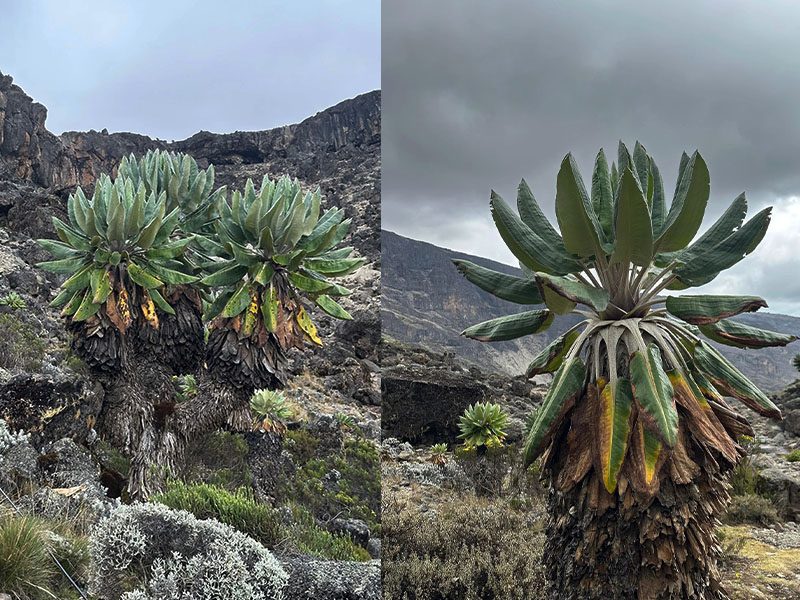
Altitude
Climate & Features
Climate & Features
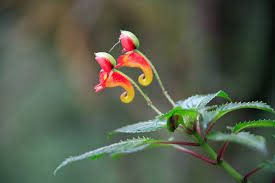
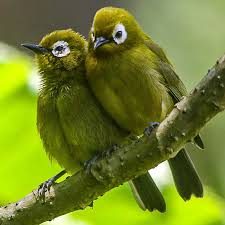
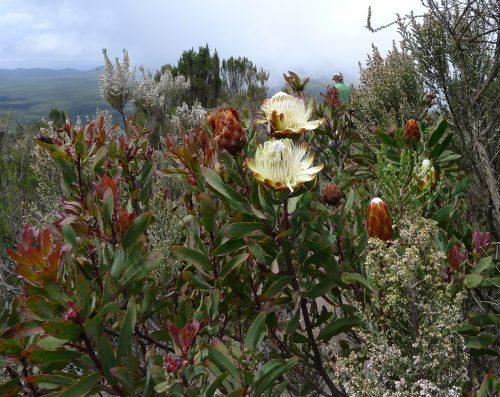


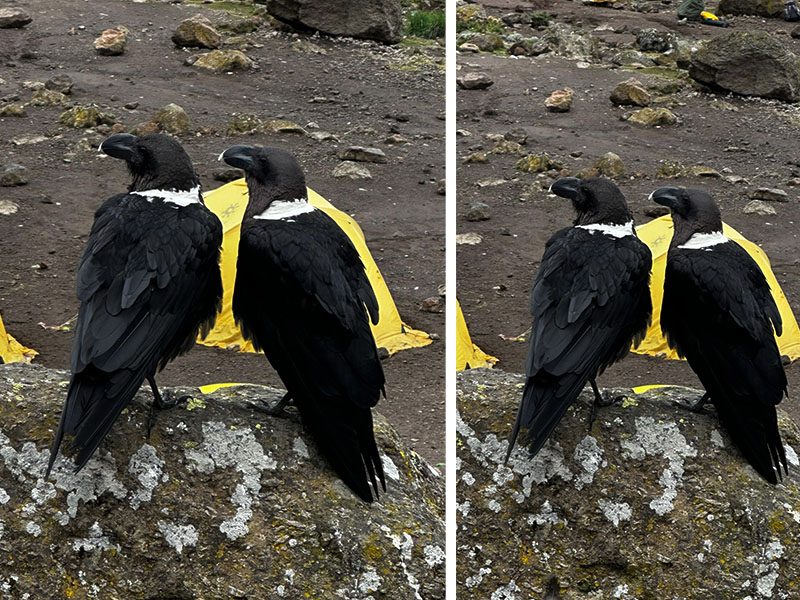
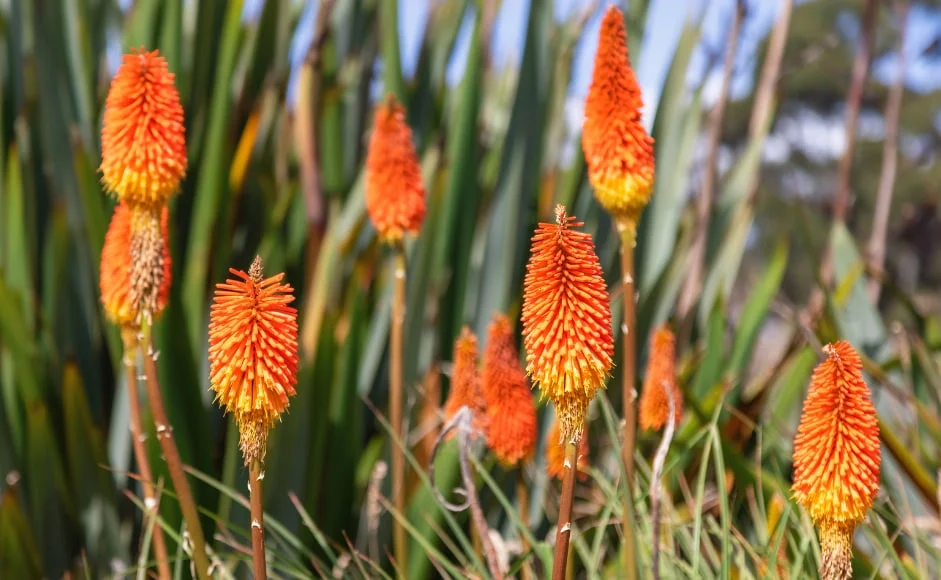
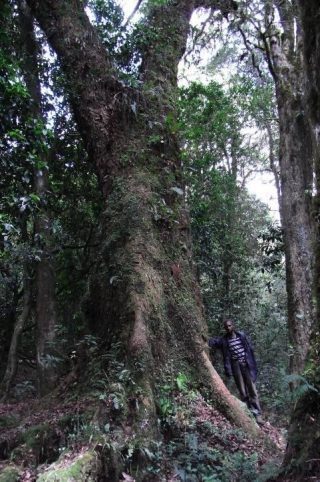


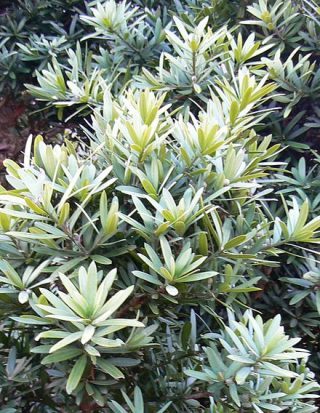
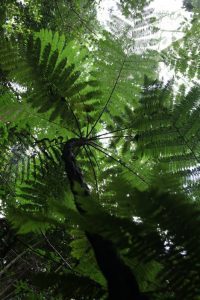

Table of Contents Kilimanjaro’s Volcanic Cones: Kibo, Mawenzi & Shira Africa’s Towering Volcano Mount Kilimanjaro is not just a mountain — it’s a massive

Table of Contents From Kaiser Wilhelm Spitze to Uhuru Peak: Kilimanjaro and Tanzania’s Independence | Kili Quests Mount Kilimanjaro’s summit is known today as
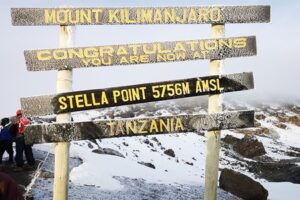
Table of Contents Why Is It Called Stella Point? The Story Behind the Name | Kili Quests On your final push to the summit of
@2025 Kili Quests. All rights reserved.